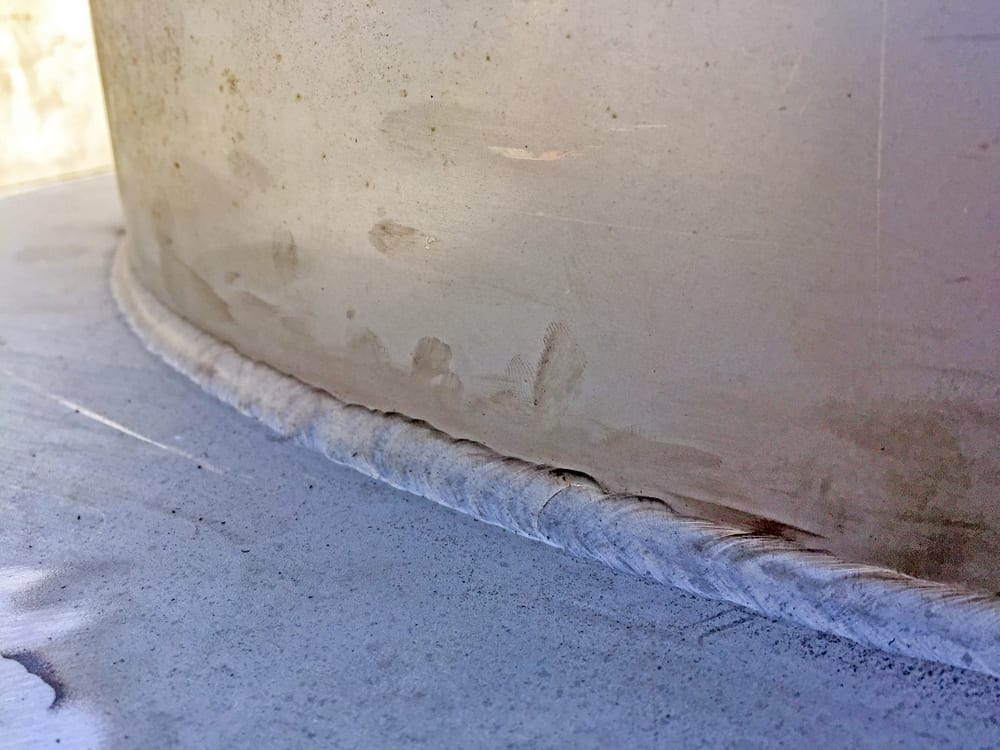Complete Guide to Preventing Weld Undercut: Tips and Techniques
Complete Guide to Preventing Weld Undercut: Tips and Techniques
Blog Article
Mastering the Art of Welding: Just How to Avoid Undercut Welding Issues for Flawless Manufacture Results
Effectiveness and precision are critical on the planet of welding, where even the least flaw can endanger the structural integrity of a produced piece. One usual challenge that welders face is damaging, a flaw that can lead and compromise a weld joint to expensive rework. By comprehending the origin of undercut welding and executing effective methods to stop it, welders can raise their craft to brand-new degrees of quality (Preventing weld undercut). In the quest of flawless manufacture outcomes, understanding the art of welding to stay clear of undercut concerns is not simply a skill however a necessity for those pursuing excellence in their job.
Comprehending Undercut Welding

To avoid undercut welding, welders should make certain correct welding criteria, such as changing the current, voltage, travel rate, and keeping the correct electrode angle. Furthermore, utilizing the appropriate welding method for the details joint setup is necessary. Employing weaving movements or backstepping strategies can assist guarantee correct weld metal deposition and decrease the likelihood of undercut formation. Routine evaluation of welds throughout and after the welding process is likewise essential to catch any undercut very early and make essential modifications to avoid more flaws. Preventing weld undercut. By understanding the reasons for undercut welding and executing precautionary procedures, welders can attain top notch, structurally sound welds.
Sources Of Undercut in Welding
Comprehending the factors that add to damage in welding is vital for welders to generate high-grade, structurally audio welds. Undercutting happens when the weld steel does not properly load the groove formed in between the base steel and the previously deposited weld steel. Several elements can result in undercut in welding. One usual reason is too much warmth input. Welding at heats for extended periods can cause the base metal melting even more than wanted, causing undercut. Insufficient welding present or incorrect welding speed can additionally add to damage. Not enough current might not offer enough heat to melt the base and filler metals properly, while extreme rate can stop proper fusion, triggering undercut. Additionally, incorrect electrode angles or wrong lantern manipulation strategies can develop areas of reduced weld metal deposition, promoting undercut. Recognizing these reasons and carrying visit site out proper welding methods can help prevent undercutting issues, making certain solid and sturdy welds.
Strategies to Avoid Undercutting

To mitigate the danger of damaging in welding, welders can use tactical welding methods aimed at improving the top quality and stability of the weld joints. One effective approach is to change the welding criteria, such as voltage, present, and travel speed, to make certain proper warm input and deposition. Keeping a suitable electrode angle and making certain constant travel rate can also help protect against undercut. Additionally, utilizing the appropriate welding method for the certain joint arrangement, such as weave or stringer beads, can add to decreasing damaging. Preventing weld undercut.
Utilizing back-step welding strategies and managing the weld bead profile can also aid distribute warm equally and minimize the risk of undercut. Normal inspection of the weld joint during and after visit welding, as well as executing high quality assurance actions, can aid in finding and resolving have a peek here damaging problems promptly.
Relevance of Correct Welding Specifications
Choosing and maintaining appropriate welding criteria is essential for achieving effective welds with very little issues. Welding specifications refer to variables such as voltage, current, travel rate, electrode angle, and protecting gas circulation price that directly impact the welding procedure. These specifications must be very carefully readjusted based upon the sort of product being welded, its thickness, and the welding technique used.
Proper welding parameters guarantee the ideal amount of heat is put on thaw the base steels and filler product uniformly. If the specifications are set expensive, it can cause extreme warmth input, triggering spatter, distortion, or burn-through. On the various other hand, if the parameters are too reduced, incomplete fusion, absence of infiltration, or damaging might occur.
Top Quality Assurance in Welding Workflow

Conclusion
To conclude, understanding the art of welding needs a complete understanding of undercut welding, its reasons, and strategies to stop it. By guaranteeing appropriate welding parameters and applying quality control practices, remarkable manufacture results can be attained. It is crucial for welders to consistently pursue excellence in their welding operations to prevent undercut concerns and produce high-grade welds.
Undercut welding, an usual issue in welding processes, occurs when the weld metal does not appropriately load the groove and leaves a groove or clinical depression along the bonded joint.To protect against undercut welding, welders ought to ensure appropriate welding specifications, such as adjusting the present, voltage, traveling speed, and maintaining the proper electrode angle. Inadequate welding existing or incorrect welding rate can likewise add to undercut.To minimize the threat of damaging in welding, welders can employ tactical welding strategies intended at enhancing the quality and honesty of the weld joints.In final thought, grasping the art of welding needs a thorough understanding of undercut welding, its causes, and techniques to stop it.
Report this page